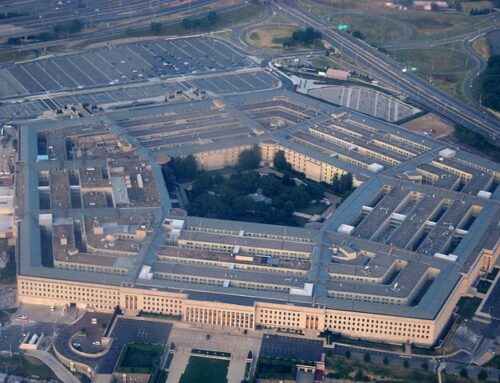For several years the Congress has kept the Air Force from jettisoning (see what we did there?) the A-10 “Warthog” aircraft that performs the close air support (CAS) mission for ground forces. And while at TCS we agree that the Air Force is making a ludicrous argument that the F-35 will take over the CAS responsibilities, we also think the Congress shouldn’t force their views of appropriate military strategy over the advice of the Combatant Commanders and military service chiefs.
But, after being successful at maintaining the A-10 in the inventory, the Congressional defense committees seem hungry to expand the tactic. And the Air Force is apparently the “beneficiary” of the greatest largesse.
First, the SASC draft of the National Defense Authorization Act (NDAA) prohibits the Secretary of Defense from reducing spending on airbase “resiliency” (typically new construction or major maintenance) or reducing the number of aircraft shelters in Europe. The only way the Secretary would be allowed to do so would be by first certifying that there is “…no need for a rotational military presence in the theater.” And, although President Trump is evidently planning to draw down forces in Europe, we’d be surprised if the Secretary of Defense would go so far as such a certification.
Second, the draft bill established a minimum number of aircraft for each major mission area in the USAF and prohibits the divestment of aircraft below those minimum numbers. Additionally, no A-10s may be retired. No manned Intelligence, Surveillance and Reconnaissance (ISR) aircraft operated by Special Operations Command may be divested. And there are limits on the divestment of F-15s in the European theater.
Finally, the Air Force must maintain 386 operational squadrons or “equivalent operational units.”
That’s a lot of highly directive language, prohibiting the type of operational decisions that should be left to the Pentagon authorities who set the strategy.
And, again, this type of meddling keeps the Pentagon topline over $700 billion. Here’s a thought: in a Pentagon that doesn’t do a lot of cost cutting, the Congress should get out of the way when Defense officials try to make operational decisions that may ultimately save money.











Get Social